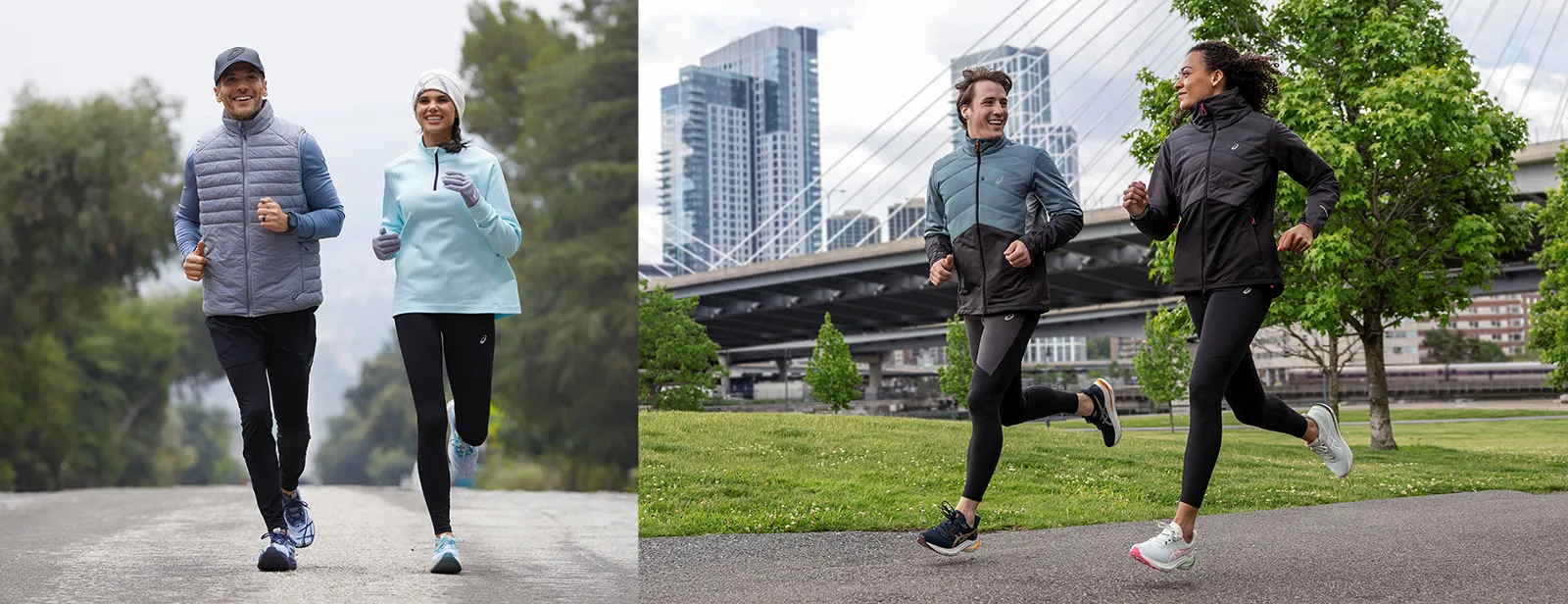
How to Dress for a Fall Run
October 19, 2023
Fall weather can be unpredictable. Discover which factors to consider when dressing for your fall runs and tips that will keep you comfortable.
How to Dress for a Fall Run
Fall weather can be unpredictable, which means you often dress differently each day to be prepared for temperature, wind, rainfall, or even snow. It is important to carefully consider how you’re dressing for your runs in the fall season for maximum comfort both in terms of performance as well as preparing for the weather. Here are some tips on how you can dress for a fall run.
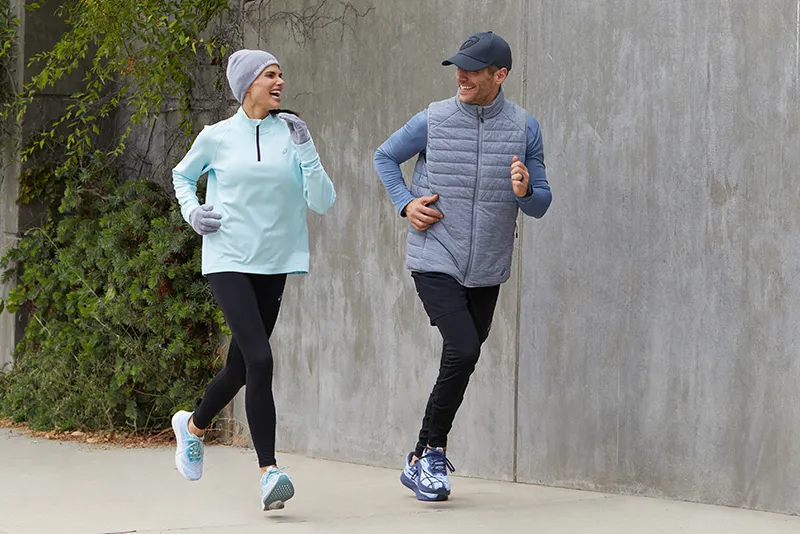
Temperature
In the fall, the temperature can fluctuate quite a bit. Depending on where you live, you may have to adjust these recommendations. In 30- to 40-degree Fahrenheit weather, dress in layers. Think long sleeves and leggings, sweats, or running pants made of thermal moisture-wicking fabrics. Comfortable sweatshirts and thin thermal jackets that can fit over a base layer would be optimal for this weather. Cover your head with a skull cap or a headband that covers your ears. Consider a neck gaiter or ski mask to help reduce the cold air you could potentially breathe in. For 40- to 50-degree weather, a long sleeve top and shorts or short sleeve top and shorts or leggings could be a viable option. Shorts and short sleeves and a thin jacket or sweatshirt that you can easily remove are optimal for 50- to 60-degree weather.
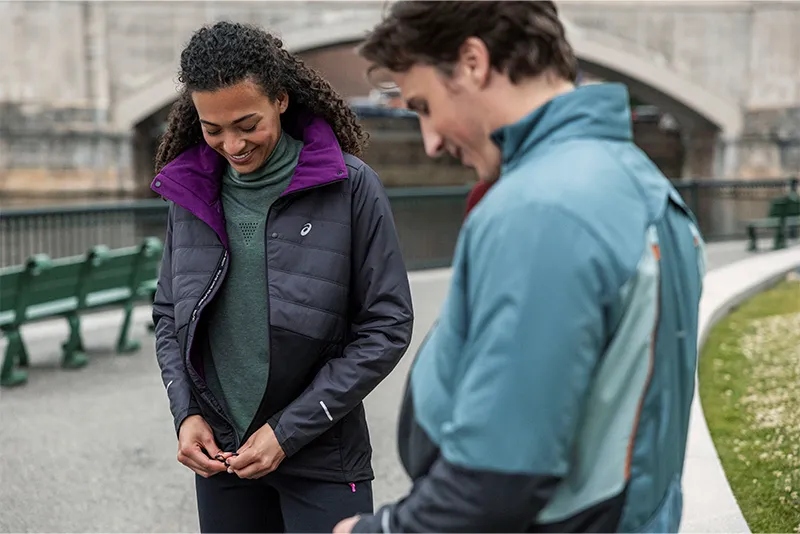
Layers
It is important, especially in cold weather, to layer up. As your body temperature rises you may get hot enough in certain temperatures to remove layers as you go. You may also want to put layers back on as you go. This way, you can adjust depending on weather conditions and how your body feels. When layering, consider a moisture-wicking base layer in conjunction with a waterproof jacket, sweatshirt, or windbreaker.
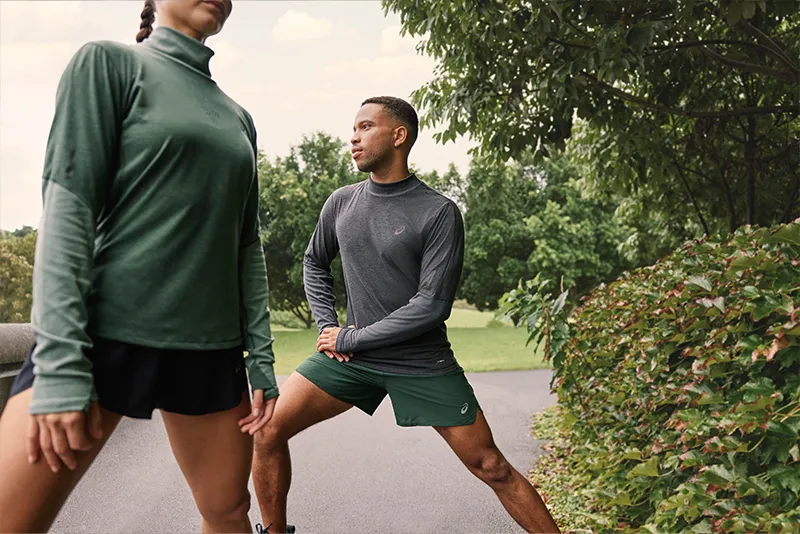
Warm But Not Too Warm
You want to be warm in cold temperatures, but there is a level of warmth that gives diminishing returns. Your body will warm up 10 to 15 degrees Fahrenheit when running, so try to plan your running clothes for temperatures that are 10-15 degrees warmer than it is outside. Also, if you’re wearing a super heavy jacket or heavy pants that are warm, your mobility may be restricted and your run may be more uncomfortable and difficult than it needs to be.
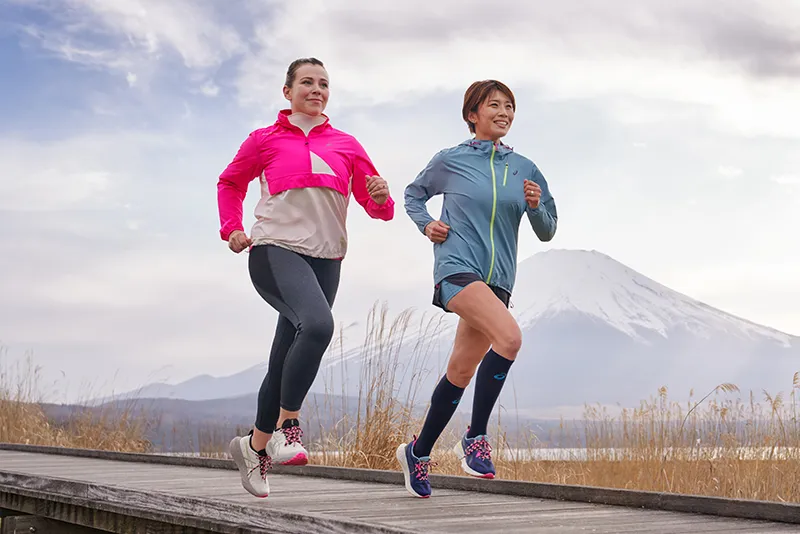
Bright Colors
As it gets cold, it gets dark quicker, so you should definitely make sure to wear reflective material or bright colors. The bright colors and reflective material may make it easier for you to be seen by vehicles.

Gloves
People have different spots on their bodies that get cold more quickly than others. You should try to determine at what temperature your hands get cold so that you can wear gloves. If it is colder than a temperature that you can withstand without gloves, then bring gloves. It's wise to carry gloves in a jacket pocket or pack that you run with, just in case.
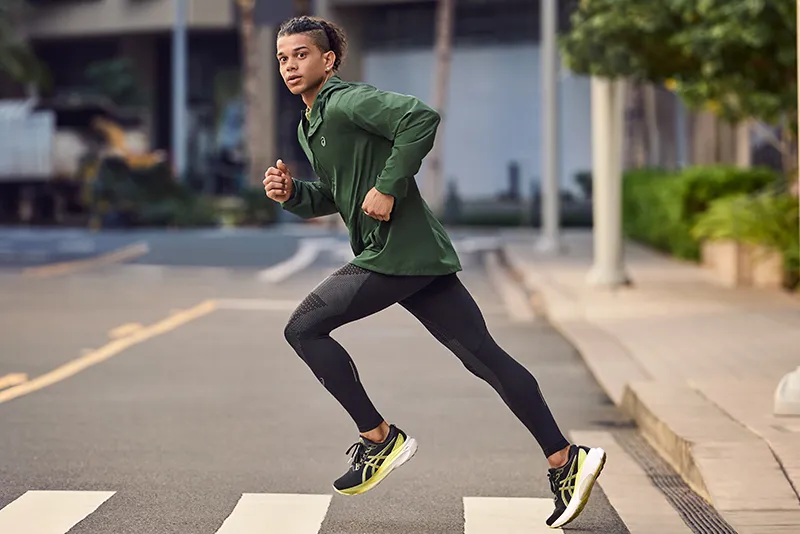
Expectations
The first mile or half mile will certainly be colder than the rest of your run. If you run close to home around your neighborhood you can run the first mile around the block and then ditch the additional layers and continue on with your workout. Running around the neighborhood can allow you much more freedom in terms of what gear you use. You can also apply the same tip to running around an outdoor track. Always consult your healthcare provider before starting a new exercise program.